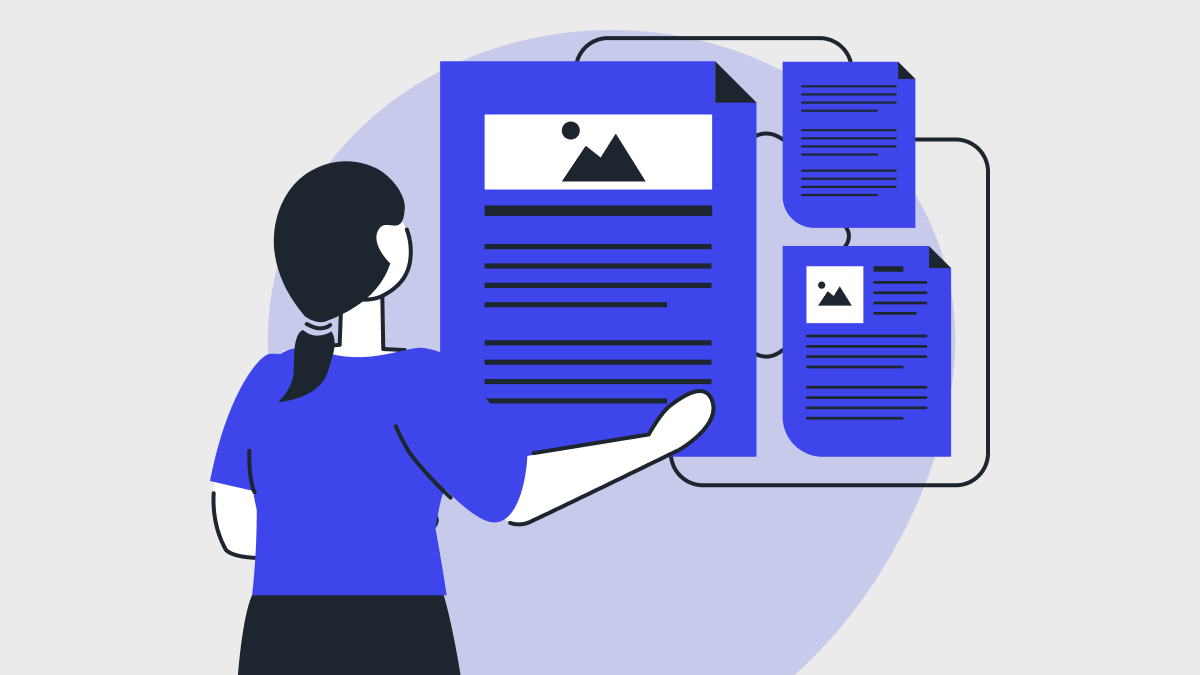Oct 13, 2023 • CRAFT

Release notes are a critical communication tool that allows you to inform your users about the latest updates, features, and improvements in your product. Writing clear and engaging release notes is essential to keep your users informed, excited, and satisfied with your product. In this comprehensive guide, we'll provide you with the best practices for creating release notes that are easy to understand and capture your users' attention.
The key to practical release notes is to use clear and straightforward language. Avoid technical jargon and complex terms that might confuse your users. Instead, use simple language to ensure that even non-technical users can understand the changes and improvements.
Start your release notes with a summary or headline highlighting the most significant changes or new features introduced in the update. This will immediately capture your users' attention and encourage them to read further.
For each change or improvement, provide context on why it was implemented and how it benefits the users. Understanding the "why" behind the changes can make users feel more connected to the product and help them appreciate the effort put into the updates.
Use headings, subheadings, and bullet points to organize your release notes. This helps users quickly find the information they are interested in and makes the notes easier to scan.
Visuals can be a powerful addition to your release notes. Add screenshots, images, or GIFs to showcase the new features or changes. Visuals can help users visualize the updates and understand them better.
If the changes are complex or require additional explanation, provide links to relevant documentation, tutorials, or FAQs. This allows users to dive deeper into the updates if they want more information.
Transparency is crucial when addressing bug fixes and known issues. Be honest about the problems that were resolved and any issues that still exist. Let users know their feedback is valuable and you're working to address any outstanding concerns.
If your release includes significant milestones or achievements, celebrate them in your release notes. This can be a new user milestone, reaching a certain number of users, or any other remarkable accomplishment. Acknowledging milestones shows your users that you value their support.
Use a friendly and conversational tone in your release notes. Address your users directly, thanking them for their continued support and encouraging them to provide feedback.
Update your release notes regularly as new updates are rolled out. This ensures that users are always aware of your product's latest changes and improvements.
Writing clear and engaging release notes is crucial to maintaining a strong relationship with your users. By following these best practices, you can effectively communicate the updates and improvements in your product, making your users feel valued and excited about what's to come. Remember to use clear language, highlight key changes, provide context and benefits, organize the notes effectively, include visuals, offer links to additional resources, be transparent about bug fixes and known issues, celebrate milestones, personalize the notes, and keep them updated. With these practices, your release notes will become a powerful tool for engaging your users and keeping them informed about the ongoing evolution of your product.
Want to see Onset in action? Try it for free today. No credit card required.
Get started